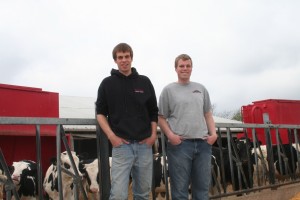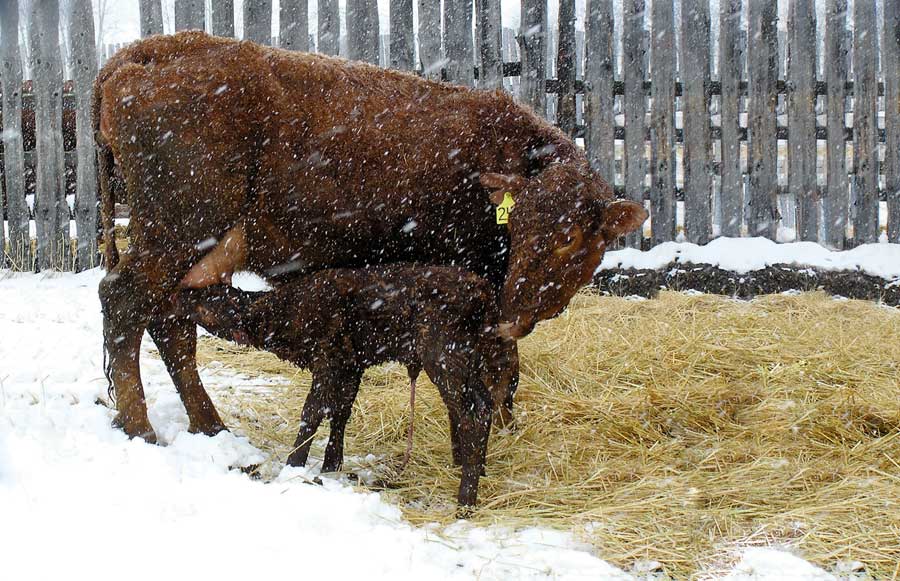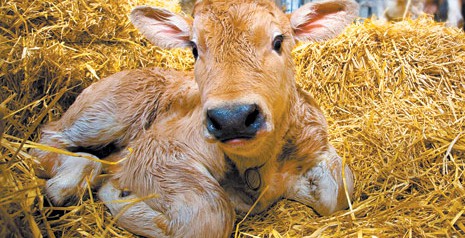A day with 6,000 chicks
By Kristen Kelderman
Nope, you didn’t read the title wrong. This spring, a university friend of mine called me up and asked if I wanted to plan a date with him and 6,000 chicks. An odd request you might say. And no, it isn’t a spinoff dating show from the Bachelor. Those of you familiar with farming have probably already figured out my cheeky attempt at a play on words. My friend Ryan is a broiler breeder farmer and yes, his chicks are yellow, fuzzy and fit in the palm of your hand.
I was very excited to get the call from Ryan. This was my first time going to help out on a chicken farm with the delivery of new chicks. Being the farm kid that I am, I asked what I needed to bring with me - the obvious stuff like work boots, and layers of old clothes to pile under my coveralls. To my surprise, Ryan said all I needed was a t-shirt and jeans. With the cold spring we’d been having I was still wearing my winter coat. I thought I would freeze!
With my dairy farm experience I’m fairly used to working in a cold barn and piling on the layers during chores. But Ryan’s barn is much different than my parents. It was like summer in there! The temperature was quite warm compared to the chilly April morning that was outside.
The inside of the barn was heated by propane to a balmy 30 degrees C on the third floor. I could get used to farming like this! I almost considered calling up my Dad to say that he need to sell the cows and get some chickens.
So why does the barn feel like you’re on a beach in Jamaica? It’s not for the people who work in the barn, it’s for the chicks that would soon call it home.
One of the most important and laborious jobs that a farmer prepares for when getting new chicks is the work before they arrive. The barn needs to be freshly clean and disinfected from floor to ceiling, new shavings spread out, the feeders and drinkers working properly and set to the right height for the chicks, and the barn needs to be the right temperature- nice and warm.
This is important so that the chicks can settle into their new home a quickly as possible. Young farm animals notice small changes in their environment much more than older mature farm animals, especially with temperature. Getting this right is vital to the health of the chicks. You want them to adjust to their new home right away.
On chick day Ryan had all of the hard work done. All we had to do was unload them from the truck. The new chicks traveled all the way from Kentucky and would have been about 12-15 hours old. They rode up in a climate controlled truck, where they were kept warm and dry.
Posted by Farm and Food Care on September 22nd, 2014 :: Filed under Animal care,Chickens,Farm life,Poultry,Uncategorized
Tags :: animal care, chicken, Farm life










